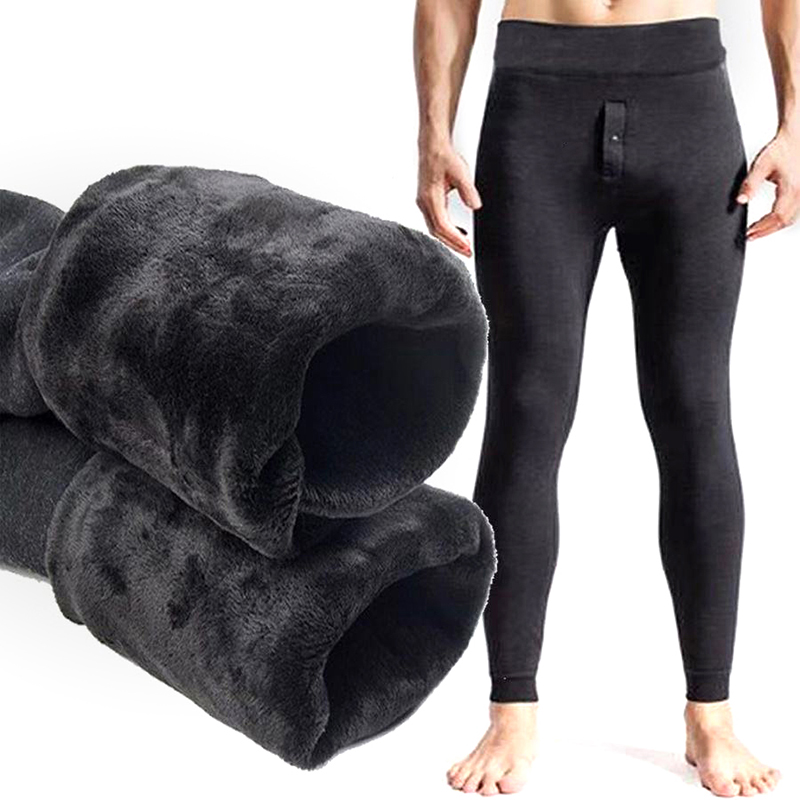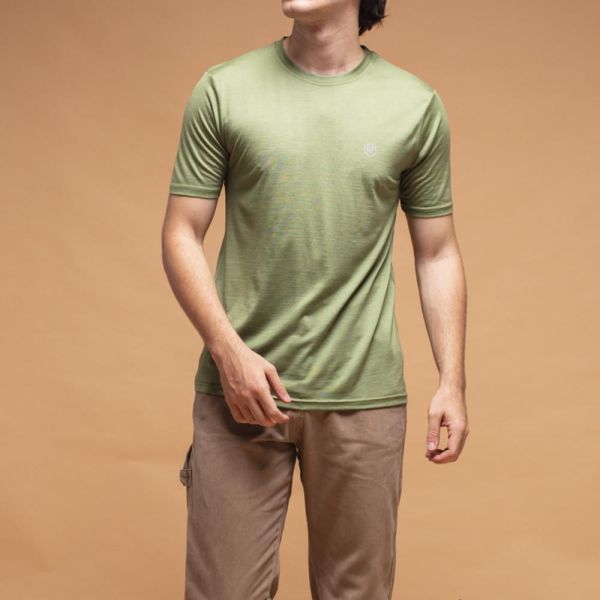Best Reasons On Choosing Merino Wool Base Layers
Wiki Article
What Are The Benefits Of Base Layers Made From Yak For Winter Sports Clothing?
Yak merino based base layers are great for winter sports clothes due to their superior performance, but also because they are a natural fiber source and sustainable environmental impact. Biodegradable and renewable.
Both yak wool and merino fleece are both made of natural fibers that come from animals. These natural resources can be harvested without causing harm to animals. The fibers are biodegradable and don't cause harm to the environment.
Environmental impact is minimal
Natural fibers generally have a lower impact on the environment as compared to synthetic materials. The process of harvesting and cultivation of wool involves lesser chemical processing, and is not dependent on renewable resources when compared to synthetic fibers.
Energy Efficiency
Wool fibers are made using less energy compared to synthetic fibers. The manufacturing of natural wool requires less energy and reduces carbon emissions.
Minimized Microplastic Pollution
Natural wool fibers do not contribute to the microplastic pollution of waterbodies similar to synthetic fibers.
Product's long-term durability and its Recyclability
The clothes made of yak merino are generally durable, lasting a long duration. The wool fibers can also be recycled and repurposed. This reduces waste as well as the impact on the environment.
Sustainable Practices
Manufacturers and producers of wool follow sustainable, ethical practices. This includes animal welfare, land management responsible, and fair conditions for workers in the chain of production.
Environmental Certification-
To assure consumers of the sustainable production of wool is a certification such as the Responsible Textile Standard (GOTS) or the Global Organic Textile Standard.
Base layers made of yak merino are generally eco-friendly since they are sourced from renewable and natural sources. They also have minimal environmental impact when they are produced and use ethical and sustainable supply chains. This is because natural fibers are eco-friendly. Take a look at the recommended merino wool base layer examples for site recommendations including wool thermal base layer, ski base layer pants, 400g merino wool base layer, smartwool long johns, wool mid layer, smartwool quarter zip, merino base layer, merino base layer cycling, smartwool 1 4 zip womens, best base layer for skiing women's and more.

What Are Some Of The Benefits That Bamboo Clothing Provides In Terms Of Comfort As Well As Sustainability And Protection When Used As Outdoor Winter Clothing?
Bamboo clothing provides many benefits for winter outdoor clothing in terms of sustainability, comfort and safety. Comfort-
Bamboo fabric is smooth and soft, that makes it gentle on the skin. Bamboo's luxurious feel fabric is frequently compared with silk or cashmere.
Bamboo fibers are wicking moisture that means they draw water away from your skin, keeping you dry and comfortable.
Thermal Regulation- Bamboo clothing has natural temperature-regulating properties, providing warmth in winter while remaining breathable to prevent overheating.
Sustainability-
Bamboo is a renewable resource. It is able to grow quickly without chemical fertilizers or pesticides. It regenerates rapidly, making it a sustainable choice for clothes materials.
Bamboo farming has a lower environmental impact than cotton cultivation. Bamboo does not reduce soil nutrition and needs less water. Bamboo absorbs and releases CO2 more than any other plant.
Protection for Outdoor Wear-
UV Protection - Bamboo fabric is a natural source of UV-resistant properties that offer protection against harmful UV rays.
Bamboo is an natural antimicrobial known as "bambookun," and it helps to inhibit the growth bacteria which cause smell. This keeps clothes fresher for longer periods of time, especially during outdoor activities.
Additional Benefits
Durability- Bamboo fibers can be durable and strong, making them suitable for outdoor clothing that will be subject to a rigorous use.
Biodegradability. Bamboo clothing is biodegradable quality, which means that it can naturally decompose at the end of its cycle.
Bamboo fabric in outdoor winter clothes provides a blend of comfort and thermal regulation (regulating body temperature) in addition to moisture management and sustainability. This is why it is a preferred choice for eco-friendly clothing. Follow the recommended bamboo clothing hints for website examples including bamboo boxer shorts, bamboo clothing sustainable, bamboo newborn clothes, bamboo childrens clothing, short sleeve bamboo pajamas, bamboo yoga leggings, bamboo pants ladies, bamboo cay shirts, bamboo mens shirts, mens boxer shorts bamboo and more.

What Makes Merino Wool And Bamboo Clothes Distinct From Ordinary Wool?
Merino Wool, Bamboo Clothing, and Regular Wool have distinctive characteristics that make them distinctive.
Merino wool's fine fibers are soft and it feels good against your skin. It's less likely to trigger irritation or itching when compared with traditional wool.
Merino has exceptional moisture-wicking properties. It draws moisture away from your skin and allows it to evaporate leaving you feeling dry and comfortable.
Merino wool is extremely warm, even when wet. It regulates temperature and gives warmth in cold weather while allowing breathability in hot weather.
Odor Resistance- It naturally prevents the growth of bacteria that cause odor making clothes fresher even after long wear.
Bamboo Clothing
Softness - Bamboo clothing has a silky soft feel which is often called silk or cashmere. It's soft on the skin and offers an exquisite experience when wearing.
Bamboo fabric is a moisture wicker which means that it draws away moisture from your skin and keeps you dry when exercising.
Temperature Regulation- Bamboo clothing has natural temperature-regulating abilities, offering warmth in winter and breathability to prevent overheating.
Sustainable Bamboo is a extremely renewable resource that grows quickly without the need for fertilizers or pesticides. Biodegradable bamboo can have a minor environmental impact.
Regular Wool
Texture: Wool can vary in texture, with some wools being coarser and more susceptible to itching or discomfort.
Warmth - Regular wool offers excellent insulation and warmth, but it can also feel bulky or heavy.
Wool is a sponge for moisture and therefore less effective at drying moisture than merino or bamboo fabrics. But, it keeps warmth even when wet.
In summary, merino wool provides a soft, supple feel, great moisture-wicking, odor resistance, and insulation. Bamboo clothing has a luxurious feel, moisture-wicking properties, temperature regulation, and sustainability. Regular wool differs in its texture. It might not be as soft or possess the same moisture-wicking capabilities as merino and bamboo, however, it provides warmth. Each material caters to different preferences, and has unique benefits. Have a look at the recommended merino winter clothings tips for site info including omniwool base layer, base layer moisture wicking, smartwool merino 250 bottoms, best merino wool base layer women's, smartwool merino 250 base layer, airblaster merino ninja suit, merino wool underlayer, base layer for warmth, merino wool undershirt, best merino wool base layer women's and more.
